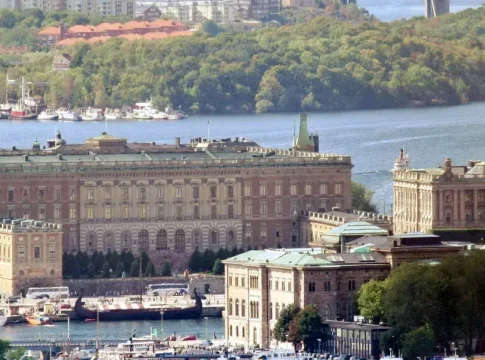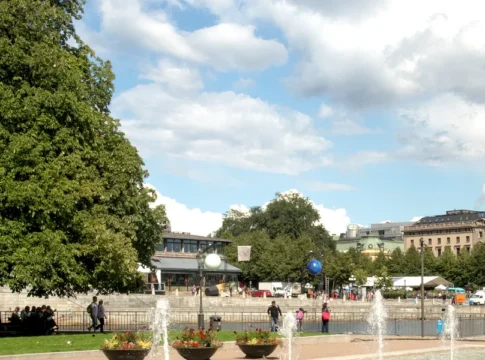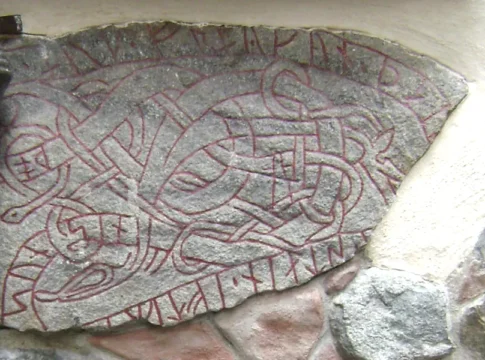 Photo: Albertyanks Albert Jankowski (Public Domain)
Photo: Albertyanks Albert Jankowski (Public Domain)
The Stockholm Bloodbath of 1520
A mass execution in the heart of Gamla Stan
In November 1520, Stortorget—the central square of Stockholm’s Old Town—witnessed one of the most chilling episodes in Swedish history. In what became known as the Stockholm Bloodbath, nearly 100 Swedish nobles, clergymen, and citizens faced execution over three harrowing days.
The event marked a brutal attempt by Christian II of Denmark to consolidate power over Sweden, but it ultimately triggered the opposite: a rebellion that would change Scandinavia forever.
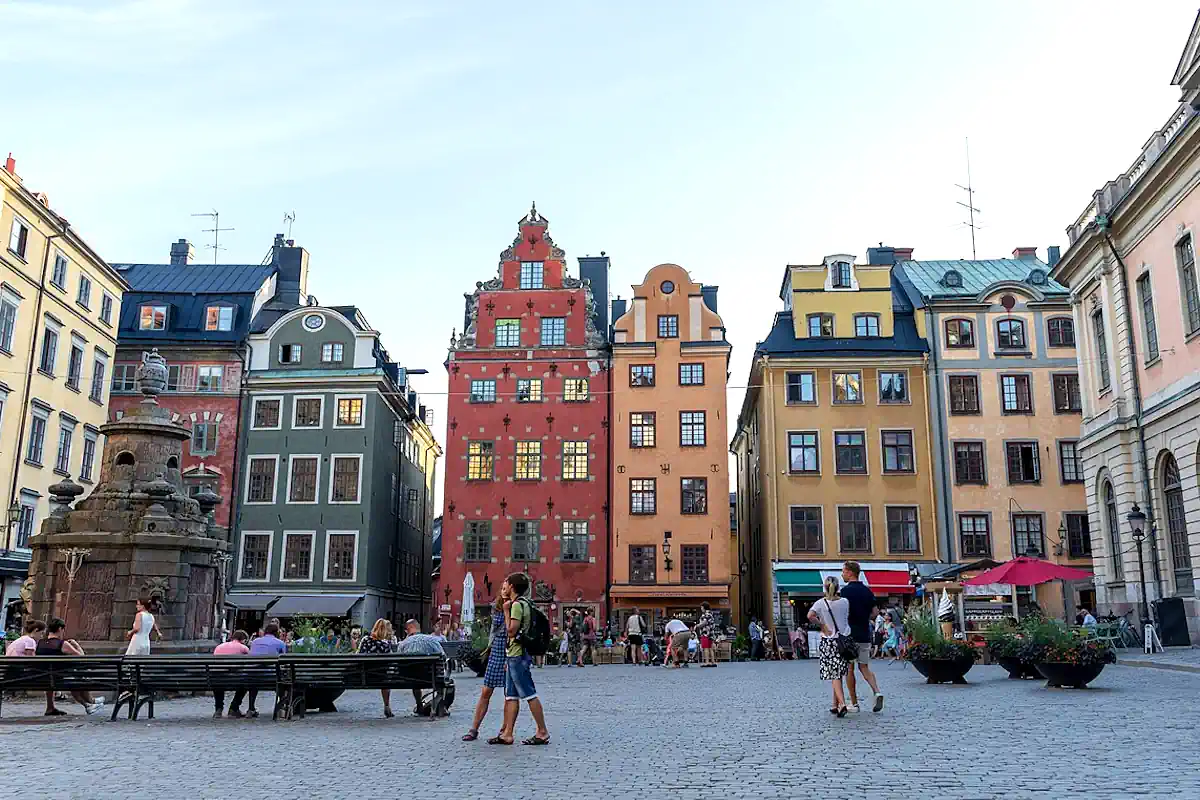
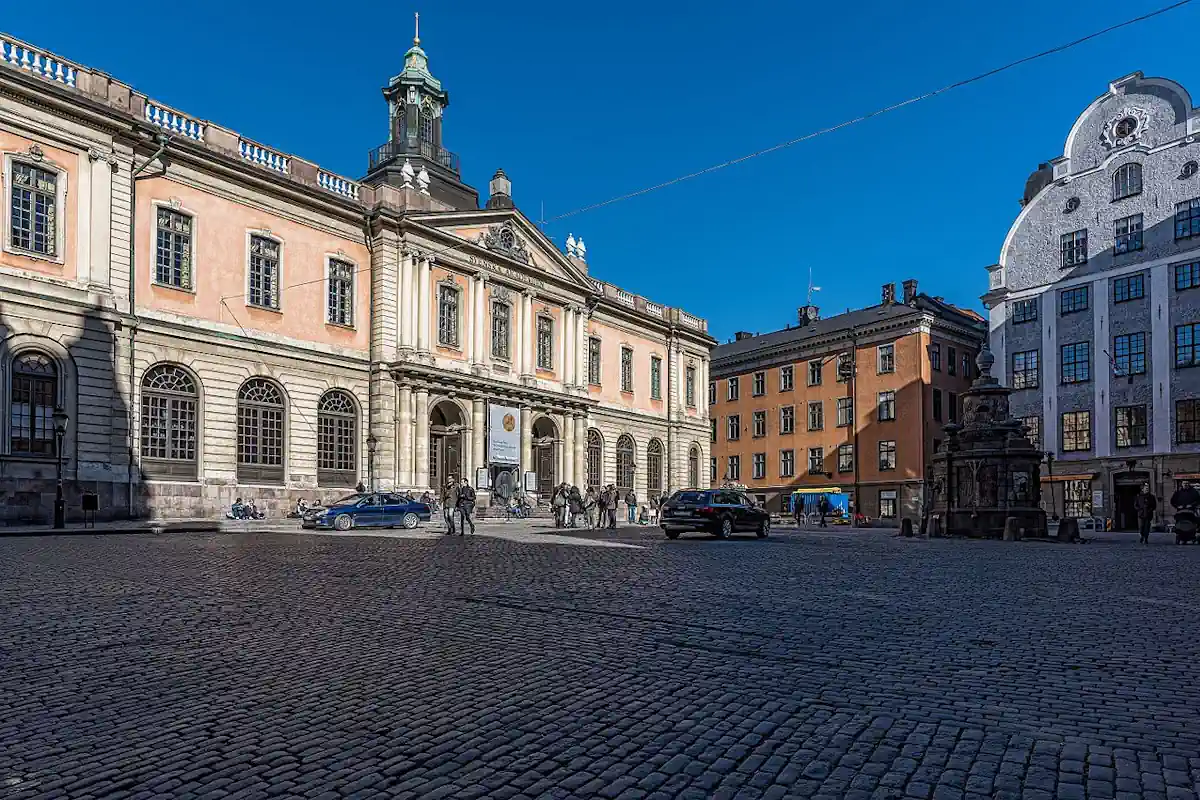
The road to the Bloodbath
At the time, Sweden was part of the Kalmar Union, a fragile alliance under Danish rule. Christian II had invaded Sweden to quash opposition and reclaim control. After defeating the Swedish resistance, he was crowned king in Stockholm’s Storkyrkan cathedral on November 4, 1520.
To celebrate his coronation and cement loyalty, Christian invited the Swedish nobility to a banquet at the palace. Just days later, many of those same guests were imprisoned and charged with heresy—a politically motivated charge linked to their resistance to Danish rule.
The executions at Stortorget
From November 8 to 10, public executions were carried out in Stortorget, the very heart of Gamla Stan. Among the victims were Archbishop Gustav Trolle’s enemies, nobles, knights, mayors, and citizens—most notably Svante Nilsson’s supporters, who had resisted Christian’s rule. Bodies were later burned or dumped into the harbor.
Even those who had supported Christian were not spared, and the betrayal caused shock throughout the population.

Gustav Vasa’s revenge and the rise of Sweden
One of the few nobles who escaped execution was Gustav Eriksson Vasa, who fled Stockholm and began rallying resistance in Dalarna. The bloodbath galvanized anti-Danish sentiment, and within three years, Gustav Vasa led a full revolt.
By 1523, he had expelled Danish forces and was crowned King of Sweden, formally ending the Kalmar Union and establishing Sweden as an independent kingdom.
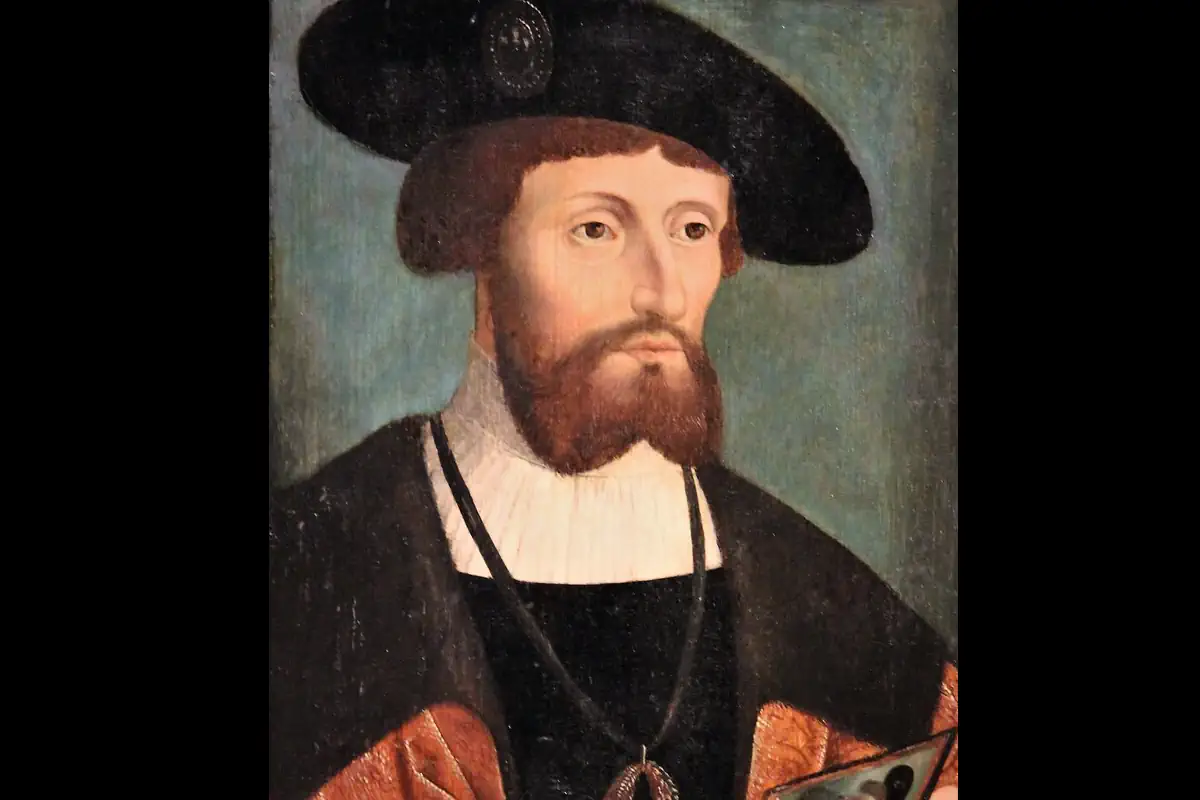
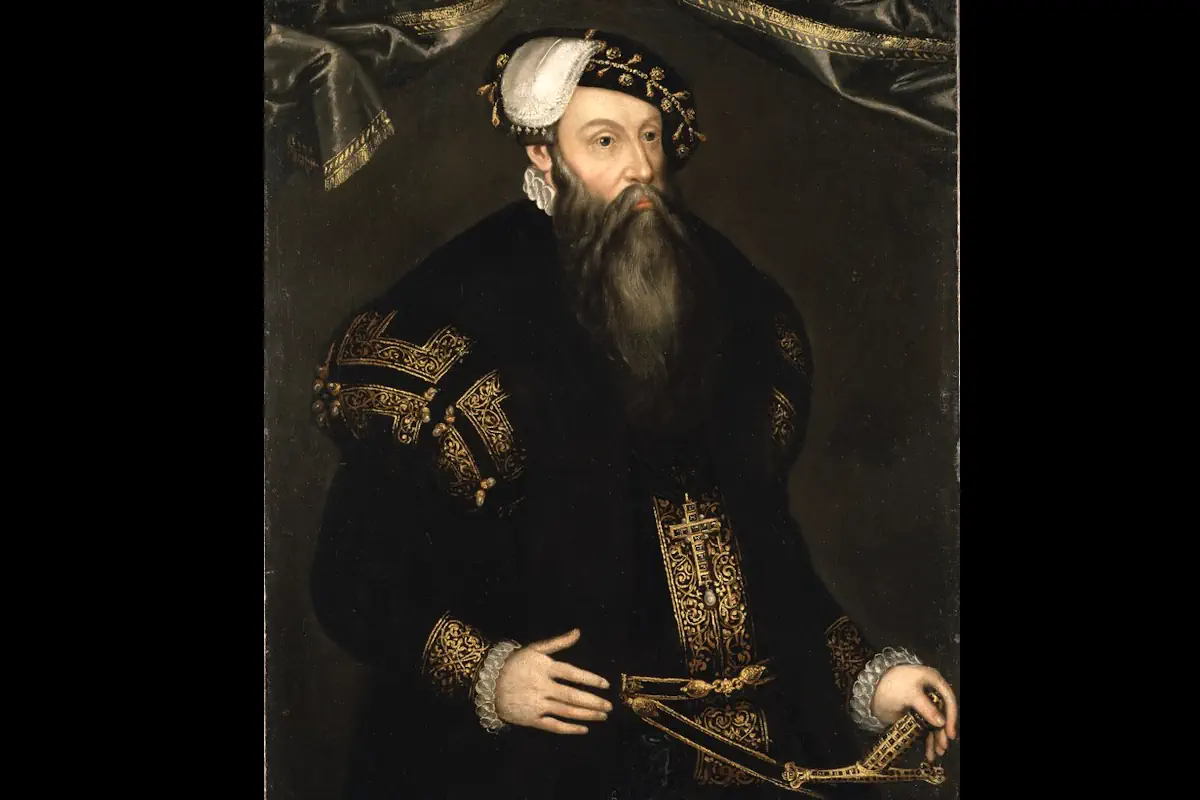
Today: Memory etched in stone
Visitors to Stortorget today can still sense the weight of history. A small plaque on the square commemorates the victims, and the surrounding buildings—some dating to the 16th century—stand as silent witnesses to the tragedy.
Bishop Hans Brask’s name lives on in the Swedish word “brasklapp,” meaning a discreet disclaimer. Before the Stockholm Bloodbath, he was forced to sign a document supporting the punishment of Archbishop Gustav Trolle—even though he actually opposed it. Brask secretly inserted a note under his seal:
“To this I was compelled and forced.
That note may have saved his life when others were executed in 1520.
Visit Info
![]() Stockholm bloodbath
Stockholm bloodbath
![]() Stockholms blodbad
Stockholms blodbad

